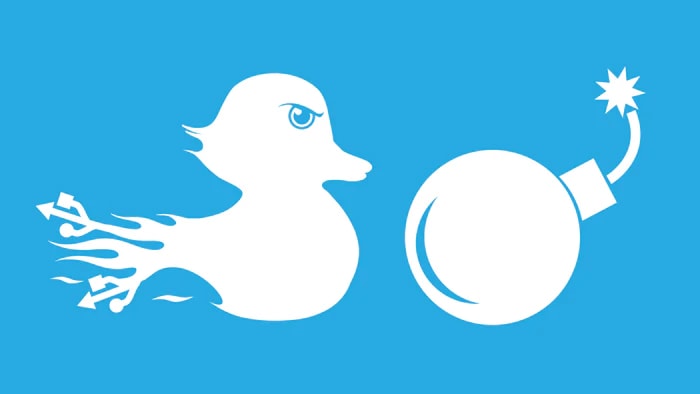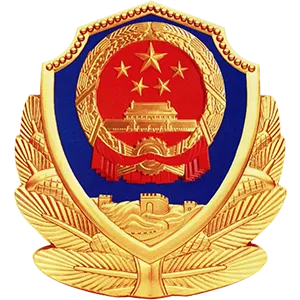Software Development Life Cycle
- [ ] Idea
- [ ] Planning
- [ ] Analysis
- [ ] Design
- [ ] Implementation
- [ ] Testing and Integration
- [ ] Documentation
- [ ] Maintanance
Types of it are:
- Agile (Scrum is the framework of it) -- Small incremental changes
- Lean -- The Lean process is about working only on what must be worked on at the time, so there’s no room for multitasking.
- Waterfall -- finish one phase, then move on to the next. No going back (oldest - baddest)
- Iterative -- The Iterative model is repetition incarnate. Instead of starting with fully known requirements, project teams implement a set of software requirements, then test, evaluate and pinpoint further requirements.
- Spiral - it is the same with iterative deisgn but for bigger projects with these steps (planning, risk analysis, engineering and evaluation) always minimize risk
- DevOps -- In a DevOps model, Developers and Operations teams work together closely. Updates to products are small but frequent.
Scrum
This is just a cheatsheet for orginizing my scrum headers. It doesnt have to be on your project files you can orginze them in softwares such as trello or else but the setup below is efficent to use:
-
Product Backlog-- Add the main features for example while developing instagram.com you would add "home app", "profile", "search engine", "settings", "help center" ... etc. Add an explanation for its overview. You will break it down in the sprint backlog -
Sprint Backlog-- In this part take the most important feature from "product backlog" and move it there. Break down the feature as much as you can. And prioritieze of the features pieces. While gluing them together. -
In Progress-- Move the "sprint backlogs" that you are working on to here to avoid confusion. Again prioritize and if the sprint backklog is too huge, dont worry you can do a feature in two sprints too. -
Quality Testing-- After finishing the progress move the feautres to be tested. If anything is not right fix it. And once they are done move it to the documentation section. -
Documentation-- This is self explainatory. Once a feature is there document everything about it. Documentation is the most important insurance you can get. -
Spring Review-- Well once a feature is here. First review everything. from product backlog, sprint backlog, progress, tests to documentation. If everything looks good than remember everything about agile is iteration, a feature is never done; so think about what will be in the next version of this feature and add the next version with an overview to its respective place in "procut backlog". So see youre starting again from the top. The hamster wheel never stops. And move the finished verison to "done". Note: the older versions that are remaining in the "product backlog list should be prioritized over the newly iterated version 2 product backlogs" -
Blocked-- Move a "sprint backlog"s checkboxes and its "In progress" checkboxes to here if something is blocking that features development. Until it gets fixed and the block is removed that feature remains inside this little quarantine. -
Done-- If a feature is here, it is done and ready to be shipped and merged to the main product.





